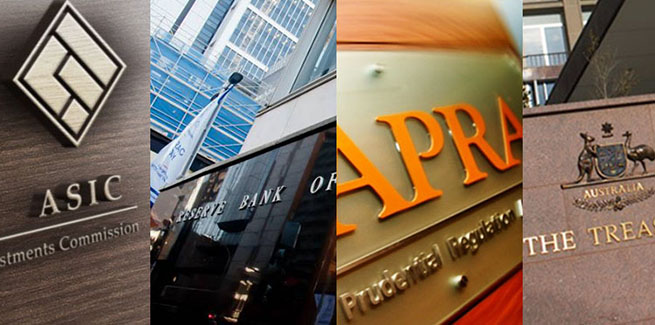The Council of Financial Regulators (CFR) and the Australian Taxation Office (ATO) have handed down their findings following their review into potential risk posed by limited recourse borrowing arrangements (LRBAs) in the self-managed super fund (SMSF) sector.
LRBAs enable SMSFs to take out a loan from a third-party lender for the purchase of an asset to be held in a separate trust, with investment returns earned by the asset absorbed by the SMSF. If the loan defaults, the lender’s rights are limited to the asset held in the separate trust.
In 2014, the Financial System Inquiry (FSI) recommended removing the exception to the prohibition on direct borrowing by superannuation funds for LRBAs, with the inquiry considering that prohibiting direct borrowing by superannuation funds would prevent unnecessary build-up of risk in the superannuation system and the financial system more broadly.
The federal government rejected the FSI’s recommendation, and instead commissioned a review into potential risks posed by LRBAs, which has now been completed by the CFR (comprising of the Australian Prudential Regulation Authority, the Australian Securities and Investments Commission, Australian Treasury, and the Reserve Bank of Australia) and the ATO.
The review found that the number of funds using LRBAs and the value of assets leveraged under this type of arrangement “continues to grow”, with 8.9 per cent of all SMSFs presently utilising LRBAs, which amounts to 5.2 per cent (over $38 billion) of the total of SMSF assets.
Despite acknowledging the growth in LRBAs, the report noted that, given their proportion, such arrangements are “unlikely to pose systemic risk to the financial system at this time”.
In response to the findings, the Coalition government has said that it will not be making any changes to LRBAs and will instead request that the CFR and the ATO continue to monitor LRBAs in the superannuation system and report back again in three years.
Commenting following the release of the report, Treasurer Josh Frydenberg said that the findings are consistent with the Productivity Commission’s (PC) recent report on superannuation, which also found that LRBAs do not “currently pose a material systemic risk”, but that “active monitoring is warranted to ensure that SMSF borrowing does not have the potential to generate systemic risks in the future”.
Despite dismissing “systemic risks” posed by LRBAs, the CFR and ATO expressed concern over the “prevalence of property as the main asset purchased” under an LRBA.
It was noted that the purchase of property as the main asset is “most commonly by low balance SMSFs (those under $500,000)”, which have “little investment diversification and high LVRs”.
The review found that such SMSFs are “particularly susceptible to shifts in the property market”.
The effect of APRA’s prudential measures and the subsequent partial of full withdrawal of several lenders, including the big four banks, from the SMSF space, was also noted in the report.
The CFR and ATO claimed that the withdrawal of authorised deposit-taking institutions (ADIs) form the sector, triggered a rise in non-bank lending to SMSFs, which “do not have the same prudential scrutiny as larger ADIs”.
“This further adds to concern around highly leveraged low diversified funds,” the report read.
However, Treasurer Frydenberg pointed to the federal government’s financial sector reform proposals, which he said would sufficiently support stability in the sector.
“[The] Coalition government and regulators have already taken a number of steps to tighten regulation to reduce the risks of LRBAs, including by strengthening the Australian Prudential Regulation Authority’s lending standards and increasing the Australian Securities and Investments Commission’s scrutiny of responsible lending compliance,” he said.
The Treasurer also pointed to the establishment of the Financial Adviser Standards and Ethics Authority in April 2017, designed to improve professionalism and ethical standards for financial advisers.
Additionally, Mr Frydenberg made reference to the government’s move to extend the design and distribution obligations, currently before Parliament, to all credit products.
“These obligations will require lenders to determine an appropriate target market for a loan product and take steps to ensure the product is distributed only to consumers within that target market,” he said.
“This will ensure that borrowers are better protected, whether they borrow from banks or from other lenders.”
The Treasurer concluded: “These reforms, together with our response to the [banking] royal commission, will ensure that consumers are better protected without limiting the investment choices available to SMSFs.”
[Related: AMP to remove SMSF loan product from sale]

